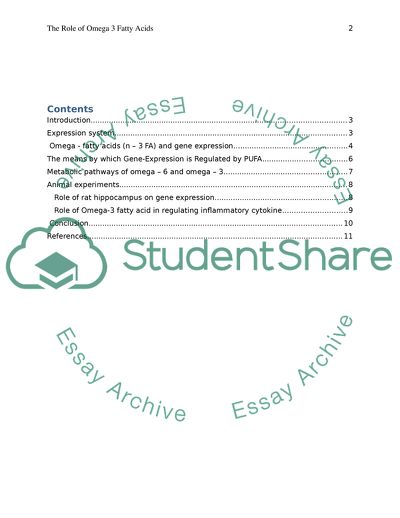Cite this document
(The Role of Omega 3 Fatty Acids in Regulating Gene Expression Coursework, n.d.)
The Role of Omega 3 Fatty Acids in Regulating Gene Expression Coursework. https://studentshare.org/health-sciences-medicine/1799946-nutrition
The Role of Omega 3 Fatty Acids in Regulating Gene Expression Coursework. https://studentshare.org/health-sciences-medicine/1799946-nutrition
(The Role of Omega 3 Fatty Acids in Regulating Gene Expression Coursework)
The Role of Omega 3 Fatty Acids in Regulating Gene Expression Coursework. https://studentshare.org/health-sciences-medicine/1799946-nutrition.
The Role of Omega 3 Fatty Acids in Regulating Gene Expression Coursework. https://studentshare.org/health-sciences-medicine/1799946-nutrition.
“The Role of Omega 3 Fatty Acids in Regulating Gene Expression Coursework”. https://studentshare.org/health-sciences-medicine/1799946-nutrition.


